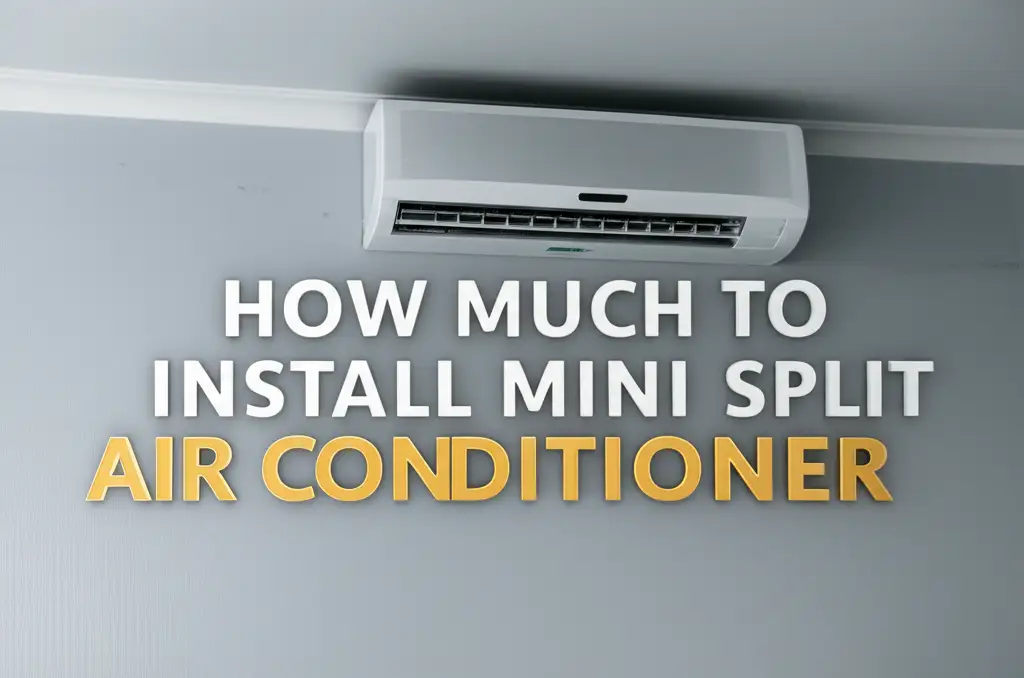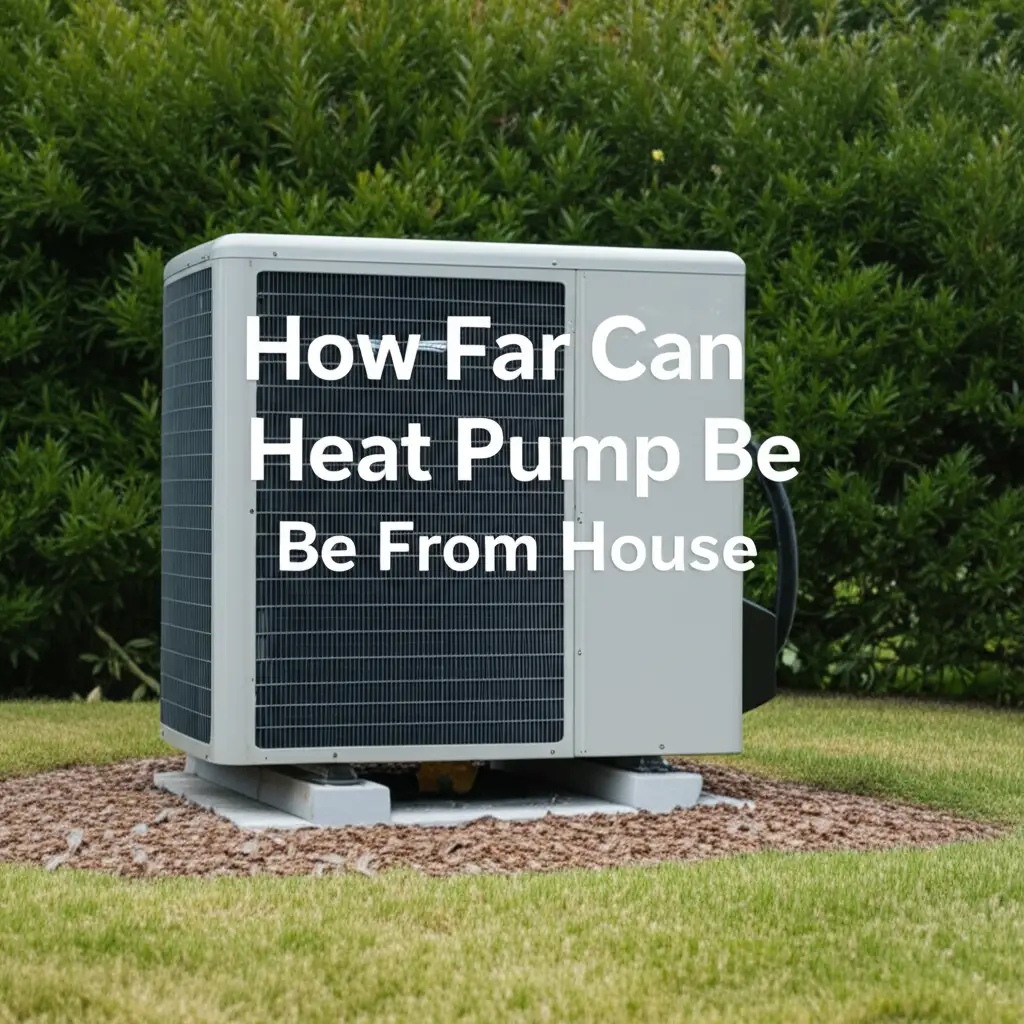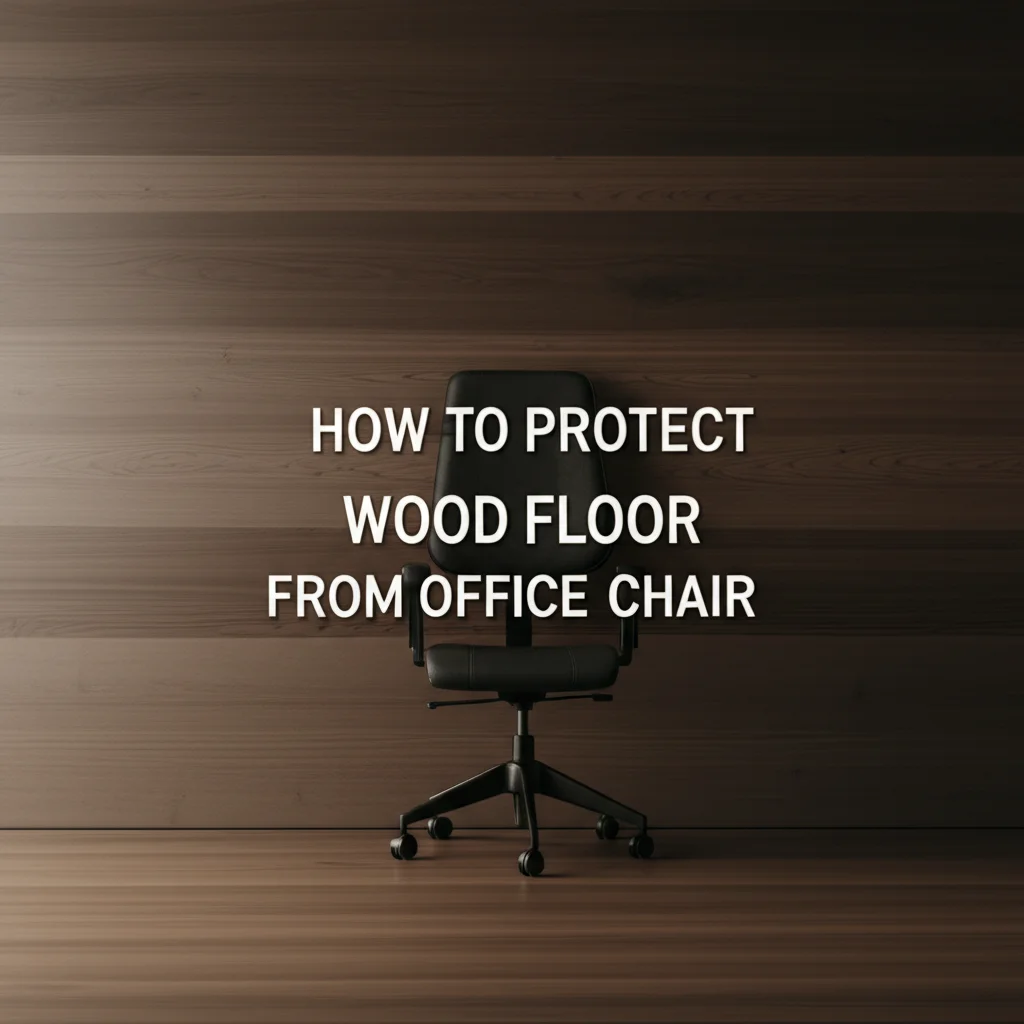· Todd Martin · Home Improvement · 10 min read
How Much To Install Mini Split Air Conditioner

Unlock the Cost of Mini Split AC Installation
Are you thinking about upgrading your home’s comfort with a new air conditioning system? Mini split air conditioners offer a great solution for many homes. They provide efficient cooling and heating without needing ducts. When considering this upgrade, understanding how much to install a mini split air conditioner is a top priority. My goal here is to help you figure out the costs involved.
This article breaks down all the pricing factors. We will cover equipment costs, labor expenses, and other hidden variables. You will learn about potential savings and when to hire a professional. By the end, you will have a clear idea of your mini split installation budget. Let’s explore the financial side of getting a mini split system.
Takeaway
- Mini split installation costs vary based on unit type, brand, and installation complexity.
- The total price includes both equipment costs and professional labor expenses.
- Factors like the number of zones, BTU rating, and electrical upgrades influence the final cost.
- DIY installation can save on labor, but it requires specific skills and may affect warranties.
- Always get multiple quotes and look for rebates to manage your installation budget.
A mini split air conditioner installation typically costs between $2,000 and $6,000 per zone. This price includes the unit and professional labor. Complex installations, multi-zone systems, or premium brands increase the overall expense. DIY installation can save on labor, but requires specific skills and tools.
What is a Mini Split AC? An Overview
Mini split air conditioners are ductless heating and cooling systems. They offer a good way to control the temperature in specific areas of your home. A mini split system has two main parts. There is an outdoor compressor/condenser unit. There is also one or more indoor air-handling units. These units connect through a small conduit line.
Many people choose mini splits for their efficiency. They allow for zoning, which means you heat or cool only the rooms you use. This saves energy compared to central air systems. Mini splits are also quieter than traditional window units. They come in different types, like single-zone or multi-zone systems.
A single-zone mini split cools one room or area. A multi-zone system connects several indoor units to one outdoor unit. This lets you control temperatures independently in multiple rooms. Their flexibility and energy savings make them a popular choice for many homeowners. Understanding these basics helps you see why costs can differ.
Breaking Down Mini Split Installation Costs
When you plan to install a mini split air conditioner, two main categories make up the total cost. These are the equipment cost and the labor cost. The equipment cost refers to the price of the actual mini split units. This includes the outdoor condenser and the indoor air handlers. It also covers necessary accessories like remote controls.
Labor cost covers the fee for professional installation. This involves the work done by HVAC technicians. They install the units, connect the lines, and handle electrical wiring. They also ensure the system works correctly. Both equipment and labor costs vary based on several factors. We will look at these factors in more detail.
Understanding these two components helps you budget properly. It also allows you to see where your money goes. Some people try to save money by doing part of the work themselves. However, professional installation ensures safety and proper function. Weighing these options is a key part of your decision.
Mini Split Unit Costs: Equipment Variations
The price of a mini split air conditioner unit varies greatly. Several factors determine how much you pay for the equipment itself. The brand name plays a big role in pricing. High-end brands like Mitsubishi or Daikin often cost more. More budget-friendly options like Senville or Cooper & Hunter can save you money.
The BTU rating also impacts the cost. BTU stands for British Thermal Units. It measures the cooling and heating capacity of the unit. Larger spaces need higher BTU units, which cost more. A small bedroom might need a 9,000 BTU unit, while a large living room needs a 24,000 BTU unit. Choose the right size to avoid inefficiency.
The type of system also affects equipment cost. A single-zone mini split, designed for one room, is typically less expensive. A multi-zone system with multiple indoor units connected to one outdoor unit costs more. Each additional indoor unit adds to the overall equipment price. Features like heat pump capability or smart controls also increase the unit’s cost. A heat pump allows the system to provide both heating and cooling, adding versatility but also to the price.
Professional Labor Expenses for Mini Split AC Installation
Hiring a professional for mini split installation is a significant part of the total cost. Labor rates vary by region and by the experience of the technician. Typically, you can expect to pay anywhere from $50 to $150 per hour for HVAC labor. The total labor cost depends on how long the installation takes. A simple single-zone install might take a few hours. A complex multi-zone setup could take a full day or more.
The installation process involves several steps. Technicians mount the indoor unit to the wall. They also install the outdoor unit on a pad or bracket. They drill a hole through the wall for the line set. The line set carries refrigerant and condensate. Electrical wiring must be connected safely to your home’s power supply. This often requires a dedicated circuit.
Proper refrigerant lines must be run and vacuumed. This ensures no leaks and efficient operation. Permits may be required by your local municipality. The technician will also test the system to ensure it works correctly. This comprehensive work ensures your system runs safely and efficiently for years. For specific guidance on installation steps, you might find articles like How to Install Ductless Single Zone Mini Split Air Conditioner very helpful. Another resource focusing on a specific model is How to Install Senville Leto Series Mini Split Air Conditioner.
Key Factors Affecting Your Total Mini Split Installation Quote
Several factors can significantly change the final price of your mini split installation. The location of the indoor and outdoor units is one key factor. If the outdoor unit is far from the indoor unit, it needs a longer line set. Longer line sets mean more materials and more labor. Difficult access to installation areas, like crawl spaces or high walls, also adds to labor time.
Your home’s electrical system might need upgrades. A mini split often requires a dedicated electrical circuit. If your electrical panel is old or full, an electrician might need to upgrade it. This adds an extra cost separate from the HVAC technician’s fee. The type of wall material can also affect installation. Drilling through brick or concrete takes more time and specialized tools than drywall.
Drain line routing also plays a role. The indoor unit produces condensation. This water needs a clear path to drain outside or into a suitable drain. If gravity cannot drain it, a condensate pump might be needed. This pump adds to both material and installation costs. Any structural modifications to your home also increase the price. These variables show why quotes can differ widely among homeowners.
Is DIY Mini Split Installation an Option? Cost Savings and Considerations
Some homeowners consider installing a mini split air conditioner themselves to save money. Doing it yourself can indeed cut labor costs significantly. This might save you anywhere from $500 to $2,000 or more per unit. However, DIY installation requires specific tools and technical skills. You need a vacuum pump, manifold gauges, flare tools, and a tubing cutter. These tools represent an upfront investment.
Improper installation can lead to various problems. These issues include refrigerant leaks, poor performance, or system failure. Many manufacturers also void the warranty if a certified HVAC professional does not perform the installation. This means you could be responsible for repair costs if something goes wrong. Safety is another major concern. Working with electricity and refrigerant requires knowledge of safe practices.
DIY is more feasible for a single-zone unit in a simple setup. For multi-zone systems or complex installations, professional help is generally safer and wiser. Always weigh the potential savings against the risks. If you are handy and understand HVAC systems, you might consider it. Otherwise, hiring a professional ensures proper setup and warranty protection. For those considering the DIY route, resources like How to Install Ductless Single Zone Mini Split Air Conditioner can offer guidance. Another helpful guide is How to Install Senville Leto Series Mini Split Air Conditioner.
Maximizing Value: Tips to Reduce Mini Split Installation Costs
You can take several steps to manage the cost of installing a mini split air conditioner. First, always get multiple quotes from different HVAC contractors. This allows you to compare prices and services. Do not just pick the lowest bid. Look for a contractor with good reviews and proper licensing. Ask for a detailed breakdown of costs.
Consider installing your mini split during the off-season. HVAC companies are less busy in spring or fall. They may offer lower rates or special deals to keep their teams working. Buying energy-efficient units can also provide long-term savings. Look for units with high SEER ratings. Higher SEER ratings mean lower energy bills over time. This offsets the initial cost.
Check for rebates and tax credits. Many utility companies and local governments offer incentives for installing energy-efficient systems. Federal tax credits may also be available. Research these programs before you buy. Finally, ensure you choose the correct size mini split for your space. An undersized unit will run constantly and use more energy. An oversized unit cycles too often, leading to inefficiency and humidity issues. Proper sizing saves both energy and money.
FAQ Section
How long does it take to install a mini split AC?
Installing a single-zone mini split AC usually takes a professional team 4 to 8 hours. Multi-zone systems can take 1 to 2 full days, depending on the number of indoor units and installation complexity. Factors like electrical upgrades or difficult access can extend the timeline.
Do I need a permit to install a mini split?
Yes, many local municipalities require permits for HVAC installations, including mini splits. Permitting ensures the installation meets local building codes and safety standards. Always check with your local building department or ask your HVAC contractor if a permit is needed.
What is the typical lifespan of a mini split system?
A well-maintained mini split system can last 10 to 15 years, sometimes longer. Proper installation and regular maintenance significantly extend its lifespan. Factors like climate, usage frequency, and initial quality also play a role in its durability.
Can I install a mini split myself to save money?
You can install a mini split yourself, but it requires specific tools and technical knowledge. DIY installation saves on labor costs. However, improper installation can void warranties, reduce efficiency, or cause system failure. Professional installation ensures safety and proper function.
How much does it cost to run a mini split compared to central AC?
Mini splits are generally more energy-efficient than central AC systems. They allow for zoning, so you only cool or heat the rooms you use. This can lead to lower energy bills. The actual savings depend on usage habits, system efficiency, and local electricity rates.
Are mini splits good for heating in cold climates?
Yes, many mini splits come with heat pump technology. These units can provide efficient heating even in cold climates, sometimes down to -15°F (-26°C) or lower. They are a good alternative to traditional heating methods and offer year-round comfort.
Conclusion
Understanding how much to install a mini split air conditioner involves looking at several factors. We have covered equipment costs, labor expenses, and various elements that influence the total price. My hope is that this information helps you budget effectively for your new system. Remember, a mini split offers great comfort and energy savings.
While the initial cost can seem high, the long-term benefits are substantial. These include lower energy bills and precise temperature control. Always gather multiple quotes from trusted professionals. Explore any available rebates or tax credits. Making an informed decision ensures you get the best value for your investment. Embrace the comfort and efficiency a new mini split air conditioner brings to your home.
- mini split installation cost
- ductless AC price
- HVAC installation
- mini split system cost
- air conditioner installation
- mini split pricing





